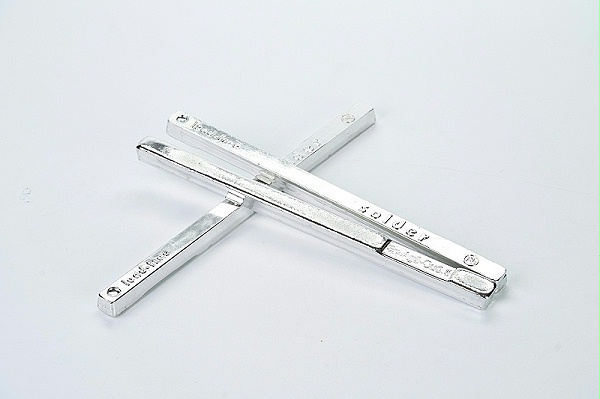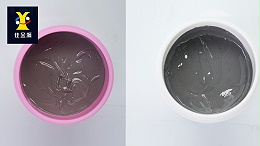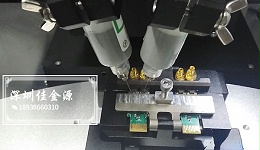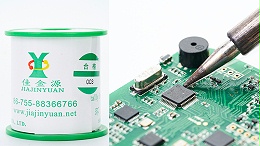
Tin barDuring the usage process, there is a large amount of tin slag, which is divided into hand immersion furnaces and wave peak furnaces(Wave peak furnaces come in semi-automatic and fully automatic types)Let's conduct an analysis. Now, the solder paste manufacturer will lead everyone to analyze it:

1Generally speaking, for hand immersion furnaces, the issue of excessive tin bars and tin slag is understandable and often occurs. Customers have reported that the tin surface turns yellow or purple. This situation might be due to significant temperature deviations during operation, such as high temperatures or the furnace not being cleaned for such a long time, which leads to excessive oxidation loss and fails to achieve the desired effect. In such cases, it is only necessary to inject a very small amount of antioxidant or clean the furnace, and then control the temperature of the tin furnace properly to solve the problem.
2For the situation mentioned in the wave furnace where there is a large amount of tin slag, the most important thing is to identify whether there are any abnormal conditions with the tin slag. Under normal circumstances, black powder-like tin slag is quite normal, while tin slag in the form of tofu residue is an undesirable phenomenon. Regarding the undesirable phenomenon, the generation and causes of tofu tin slag have the following six points:
The reason lies in some issues with the wave peak furnace equipment: Currently, the production of wave peak furnaces on the market is not very ideal in many aspects. The wave peaks are too wide, the peak platforms are too wide, the double wave peaks are too close to each other, and it is also caused by the selection of rotating channels. When the wave peak is high and the solder drops from the peak, the temperature drop deviation is still relatively large. The solder mixed with air rushes into the tin furnace, causing oxidation and semi-dissolution, which is the cause of the formation of tin slag. However, the operation of the rotating channel was not well prevented. The tin slag was continuously pushed down and poured into the tin furnace, and the continuous chain reaction and excitation of the tin slag were produced.
The temperature of the peak furnace is generally controlled at250°Left and right(For6377Tin bar)And this temperature is the most fundamental temperature required for solder during the welding process. If the temperature is low, it cannot dissolve well and will cause excessive tin slag when used.



